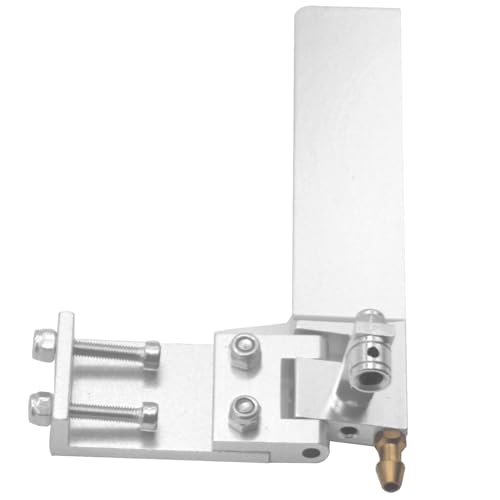Swissrigger
Member
- Joined
- Apr 16, 2004
- Messages
- 15
""This spoon experiment demonstrates the Bernoulli Principle.
This is what the bottom of a "rounded" riding surface does when you try to turn a boat.
This is what causes a hydro to "nose steer".a tunnel boat to "hook" and a mono to "spin out".
Just very lightly hold the spoon between your fingers and feel how the spoon is drawn into the water stream.""
Rod,
Really interesting thread. To my opinion things are more complex.
Bernoulli principle is OK but I think you should also consider the Coanda effect looking on water flow on curved surfaces.
In Wikipedia (http://en.wikipedia.org/wiki/Coanda_effect) they describe it:
The Coandă effect, also known as "boundary layer attachment", is the tendency of a stream of fluid to stay attached to a convex surface, rather than follow a straight line in its original direction. The principle was named after Romanian inventor Henri Coandă, who was the first to understand the practical importance of the phenomenon for aircraft development. He made the discovery during experiments with his Coandă-1910 aircraft, which is the first aircraft based on an early type of jet engine.
You will find in this link also a picture of water flow on a spoon.
Looking on riggers and possibly tunnels the "Ground Effect" should be considered also. You will find a nice description in:
http://en.wikipedia.org/wiki/Ground_effect and
http://www.mh-aerotools.de/airfoils/javafoil.htm
Kind regards,
Petr
This is what the bottom of a "rounded" riding surface does when you try to turn a boat.
This is what causes a hydro to "nose steer".a tunnel boat to "hook" and a mono to "spin out".
Just very lightly hold the spoon between your fingers and feel how the spoon is drawn into the water stream.""
Rod,
Really interesting thread. To my opinion things are more complex.
Bernoulli principle is OK but I think you should also consider the Coanda effect looking on water flow on curved surfaces.
In Wikipedia (http://en.wikipedia.org/wiki/Coanda_effect) they describe it:
The Coandă effect, also known as "boundary layer attachment", is the tendency of a stream of fluid to stay attached to a convex surface, rather than follow a straight line in its original direction. The principle was named after Romanian inventor Henri Coandă, who was the first to understand the practical importance of the phenomenon for aircraft development. He made the discovery during experiments with his Coandă-1910 aircraft, which is the first aircraft based on an early type of jet engine.
You will find in this link also a picture of water flow on a spoon.
Looking on riggers and possibly tunnels the "Ground Effect" should be considered also. You will find a nice description in:
http://en.wikipedia.org/wiki/Ground_effect and
http://www.mh-aerotools.de/airfoils/javafoil.htm
Kind regards,
Petr











































